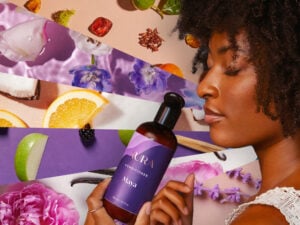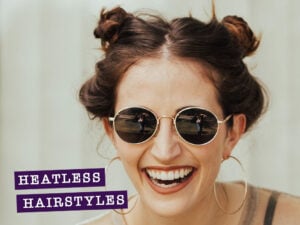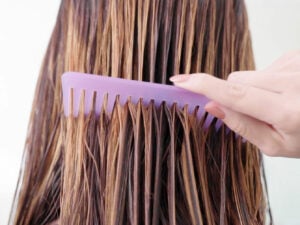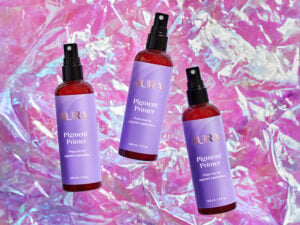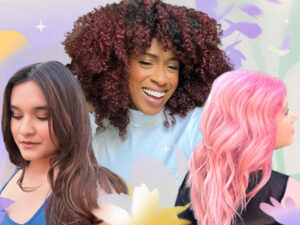The AURA Guide to Determining Your Curl Type
Your go-to guide to deciphering curl types.
Curls have a mind of their own. So, when getting acquainted with your curl type, it’s always best to do it right to create your best curl care routine. Distinguishing your curl pattern and hair type along with learning what ingredients are best for curl definition is a more intricate process than you may think. Below our specialists guide you through the different curl types and important factors to consider when creating your curl care routine ritual.
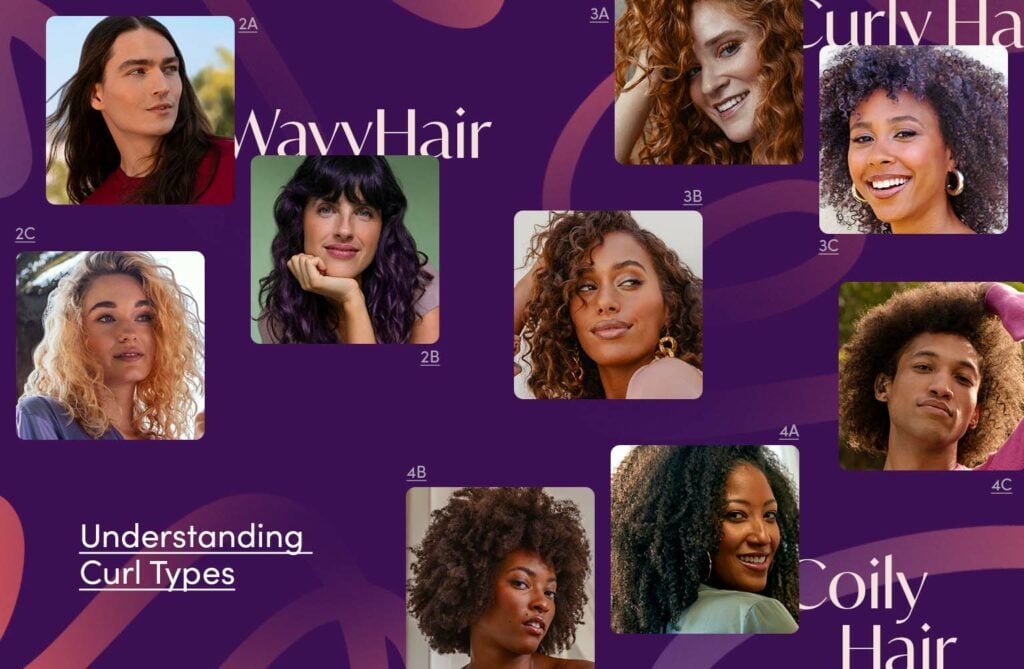
Understanding Curl Types
Before we get started, it’s important to note that your curl pattern is 100% unique to you. It’s not uncommon for curly girls to have multiple hair textures going on at once, so if you don’t feel like one texture describes your entire head of hair, that’s perfectly normal.
With that said, curl experts generally use four simple categories to describe different hair types: Type 1, Type 2, Type 3, and Type 4. Each type is defined by the density, texture, and look of the hair. So let’s break down what each category means:
- Straight Hair – Type 1
- Wavy Hair – Type 2
- Curly Hair – Type 3
- Coily Hair – Type 4
Each type of hair is also followed by either an A, B, or C, further describing the hair type. For example, some people have 4C hair and others have 2A. The sub-classifications of A to C are based on the width or diameter of your wave, curl, or coil:
- Wide, Less Defined – A
- Medium, Defined – B
- Small, Ultra Defined – C
Now let’s take a closer look at each of these curl types and how you can best care for your individual hair texture.
Type 2:
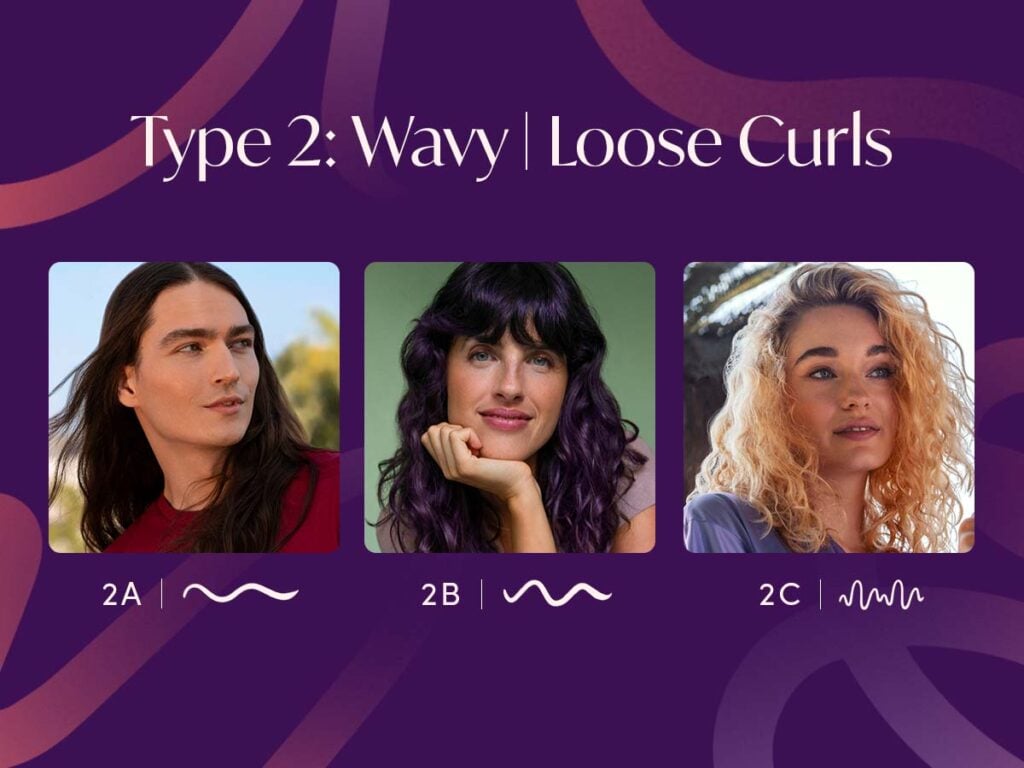
How to Identify:
Loose, blendable curls from fine to thick texture with a definitive S shape.
.
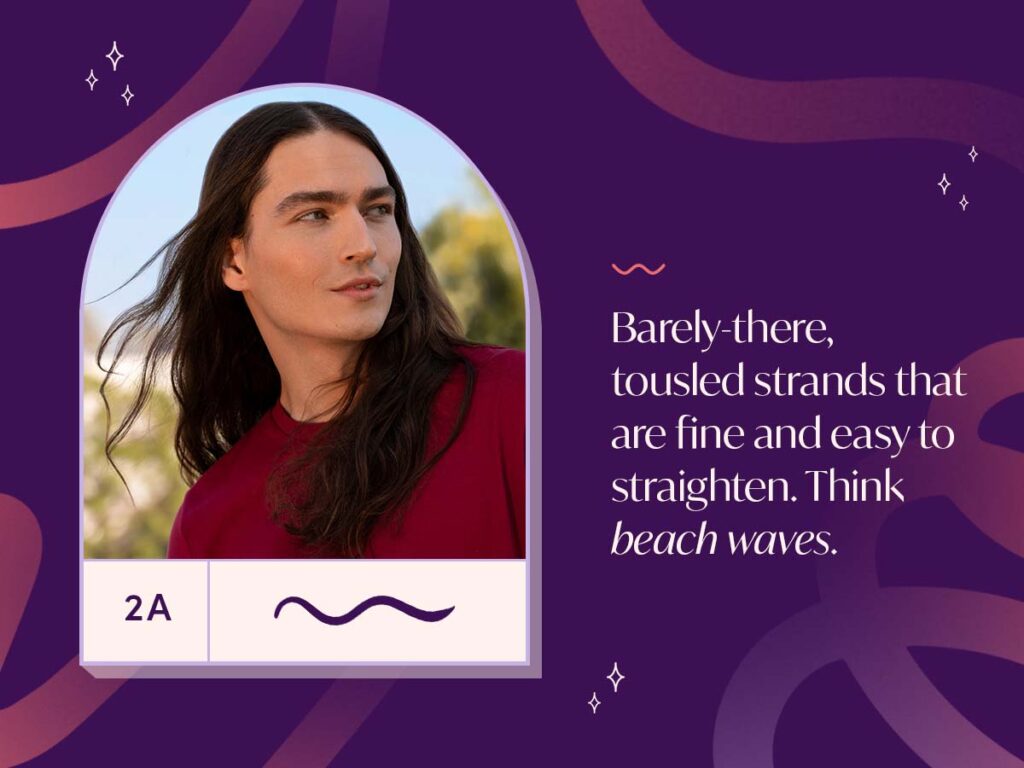
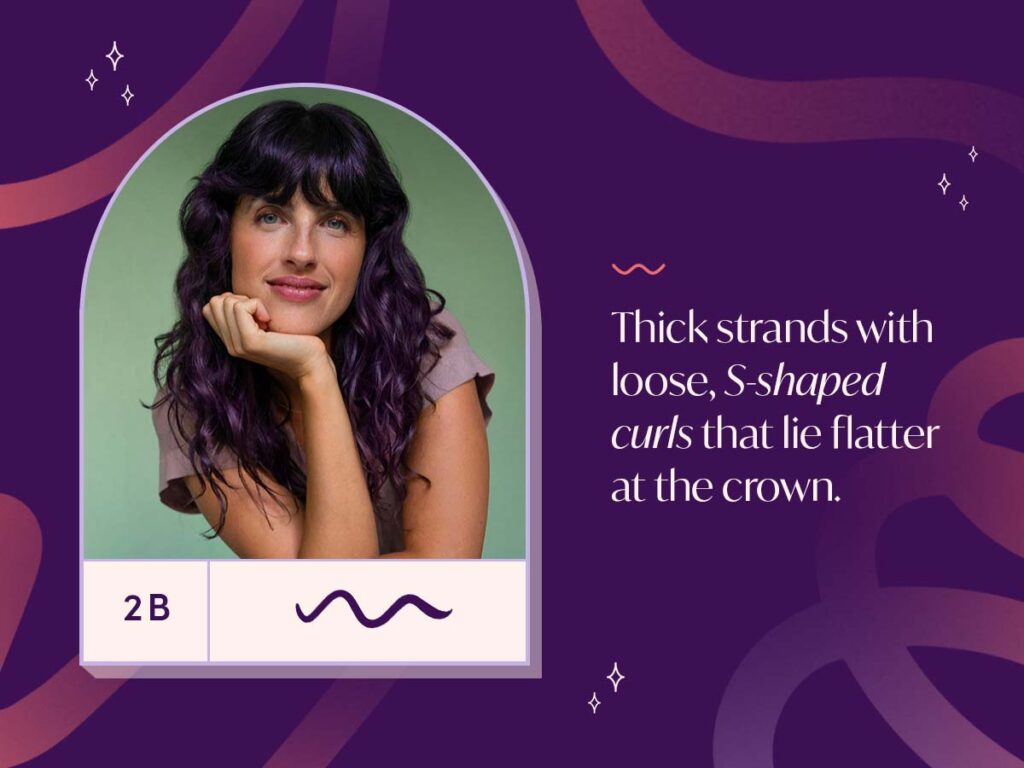
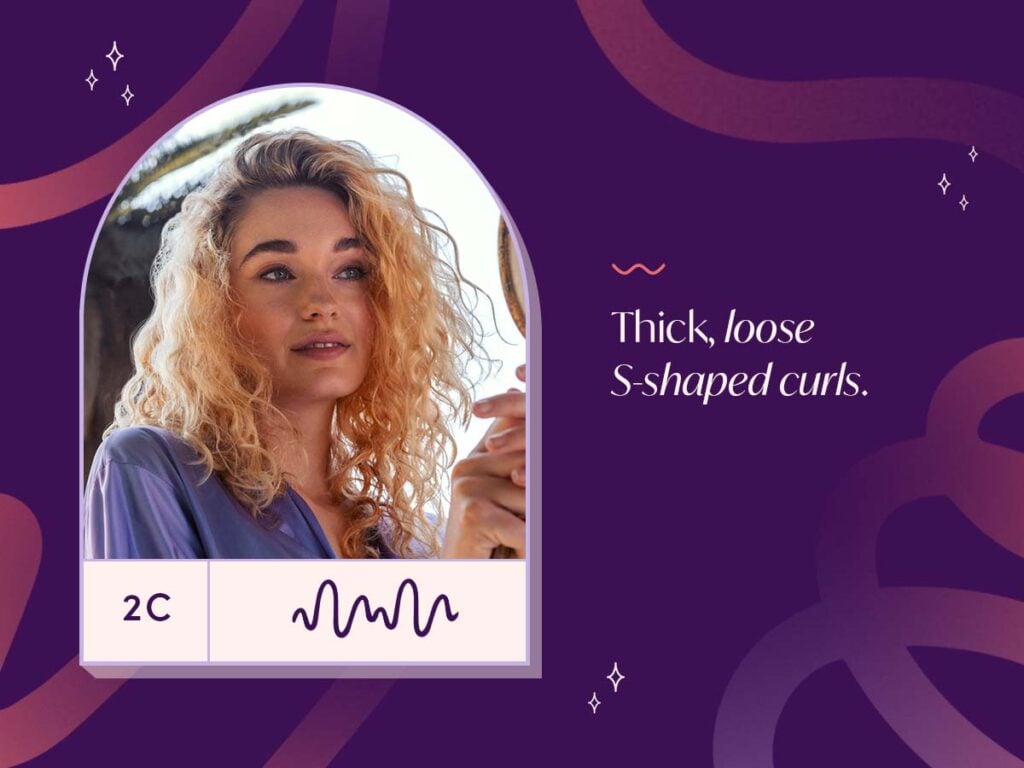
Ingredients to Embrace:
According to AURA’s Product Development Manager Emily Manatan and Cosmetic Chemist Angeline Louis, “Loose curly hair can get dry and flat quickly, which means conditioning is even more important for defined waves.” Some lighter products and curl-enhancing ingredients that fit the bill include natural oils like Coconut Oil, which nourishes and conditions curls for defined waves while extending color longevity.
Loose curly hair can get dry and flat quickly, which means conditioning is even more important.
– Emily Manatan, Product Development Manager
Ingredients to Avoid:
It’s important to avoid products with heavy products like Shea Butter and Castor Oil. The more light styling products the better for your Type 2 curls.
AURA Insight: It’s important to note that Shea Oil is different from Shea Butter, and curly girls should embrace Shea Oil, like Coconut Oil, with open arms! It is among the lighter products that are included in our enhance curl goal to moisturize and soften curls, while fatty acids protect hair color and prevent breakage.
AURA Ritual Recommendation:
“Conditioning and moisturizing regularly are an important part of a proper hair care routine for those with Type 2 Curls,” Louis says. When taking our Quiz, choose moisturize as one of your three goals. This hair goal includes key hydrating ingredients like Baobab Seed Oil to nourish and shield environmental stressors and Hyaluronic Acid which lets hair follicles absorb moisture.
Type 3:
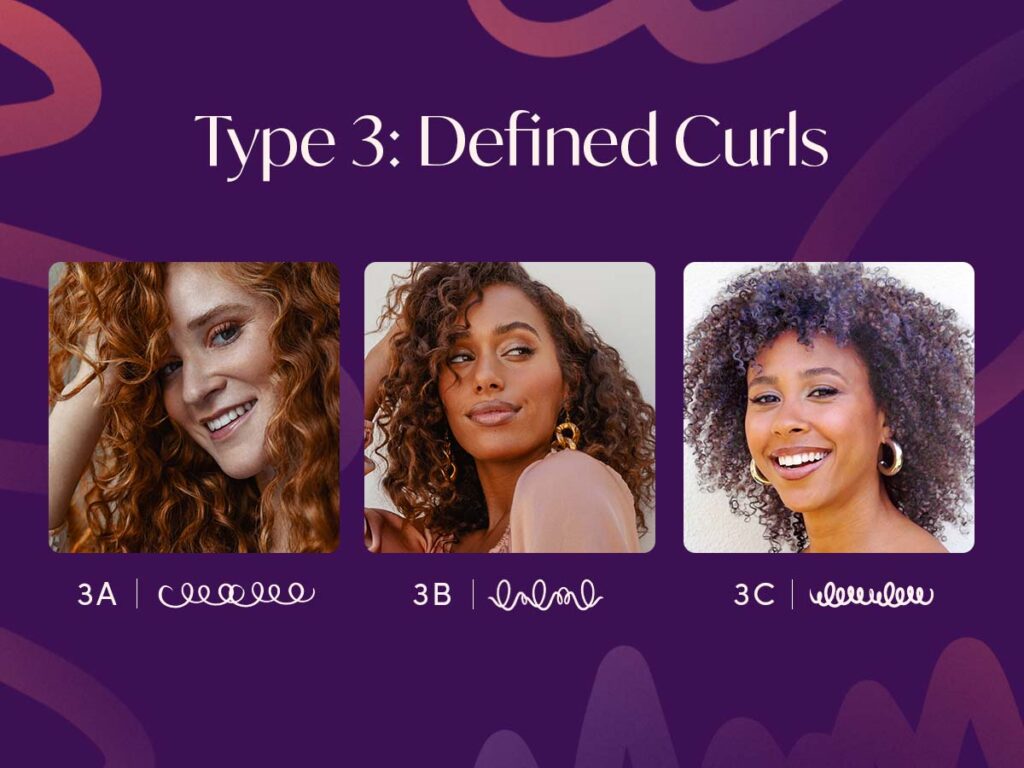
How to Identify:
A variety of curl patterns from loose, lightweight loops to tight corkscrews.
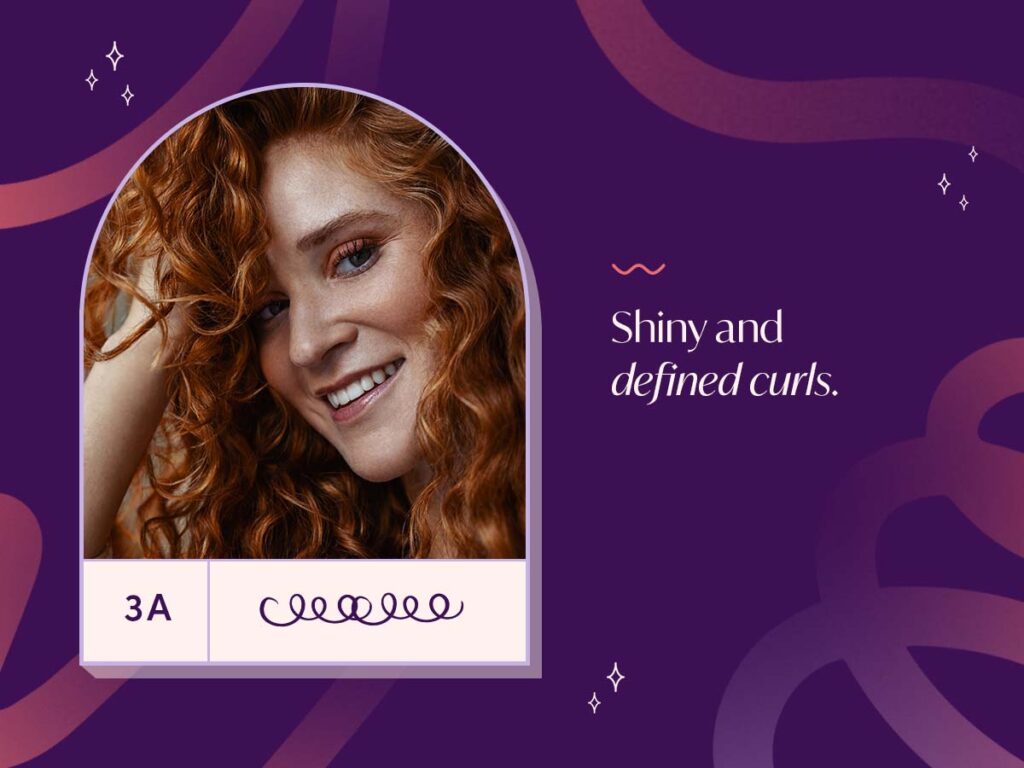
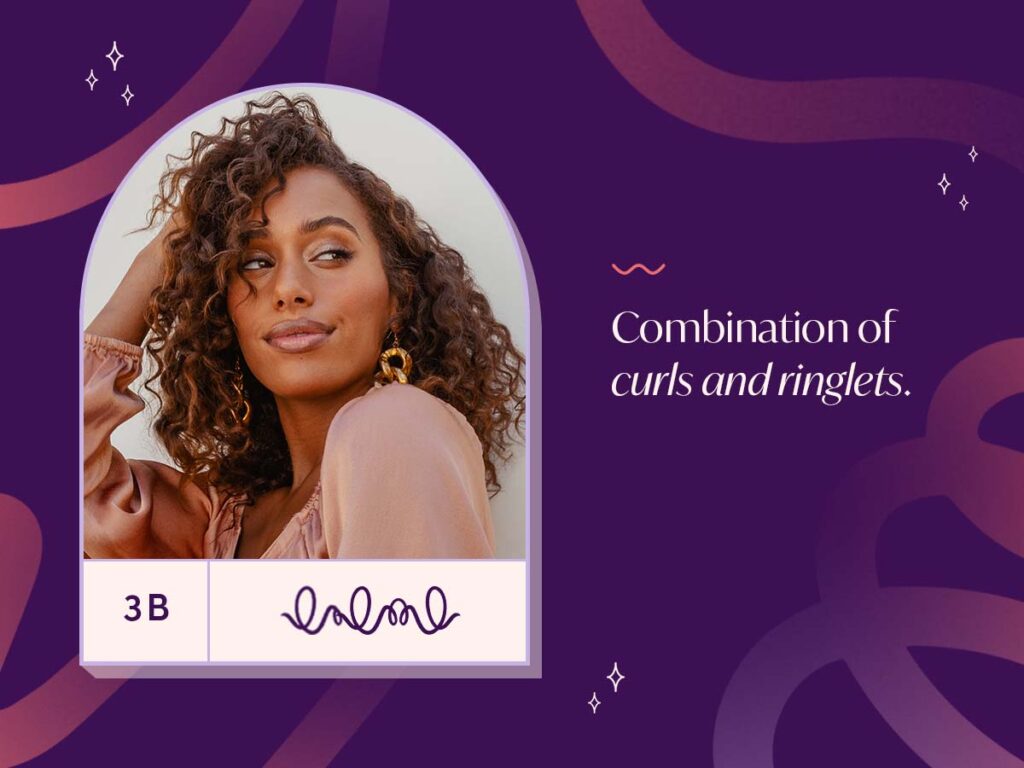
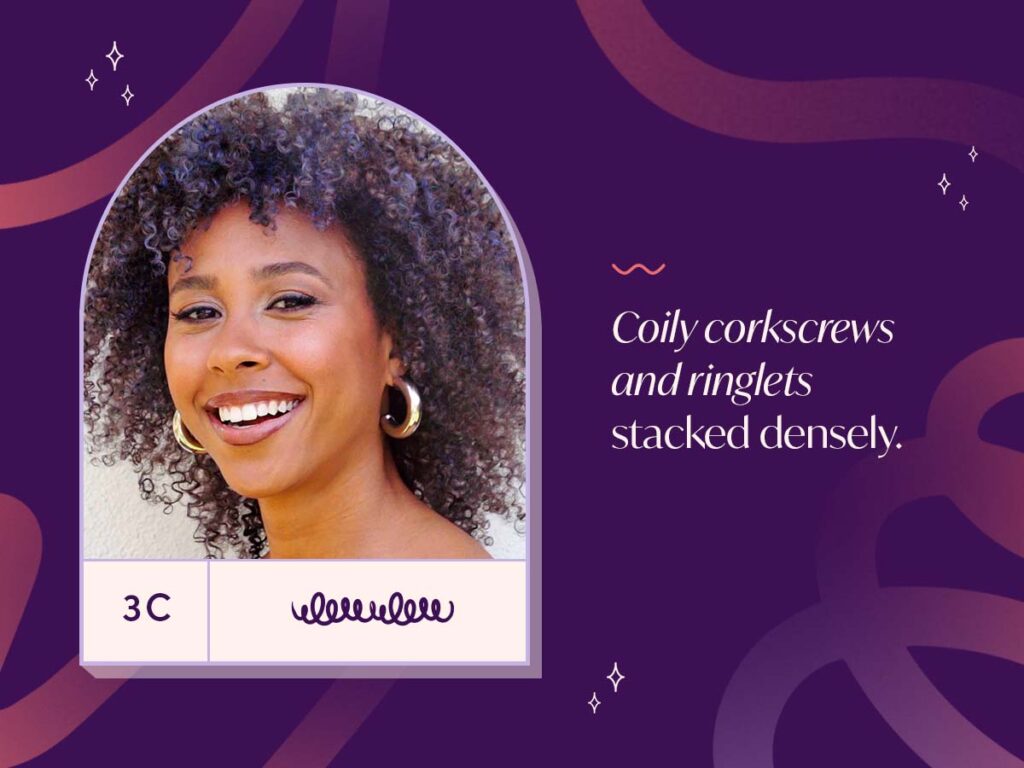
Ingredients to Embrace:
It’s true, all curls love moisture. For curls and ringlets with a thicker density that are prone to dryness and frizz, Louis suggests using ingredients like Murumuru Butter for nourishing hair strands with shine or Cupuacu Butter to lock-in moisture and enhance curl definition.
Ingredients to Avoid:
Always use an SLS and SLES-free shampoo and avoid other ingredients that cause dryness, like sea salt.
AURA Ritual Recommendation:
“Make sure to select the enhance curls and moisturize options as two of your three hair goals when taking our Quiz,” Louis says. “They’re formulated to condition dry strands and restore natural curl pattern.” This advice is applicable to all curl types
Type 4:
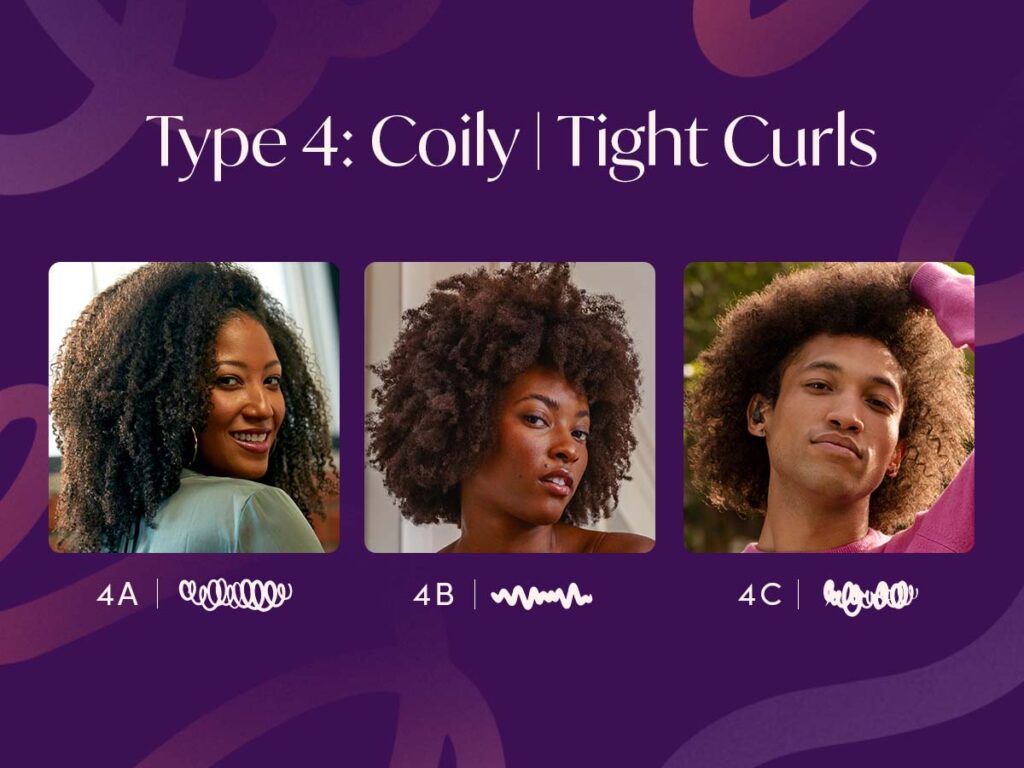
How to Identify:
Voluminous and coily curls are naturally dry and cloud-like in texture. Hair strands range from being soft and fine to coarse and wiry.
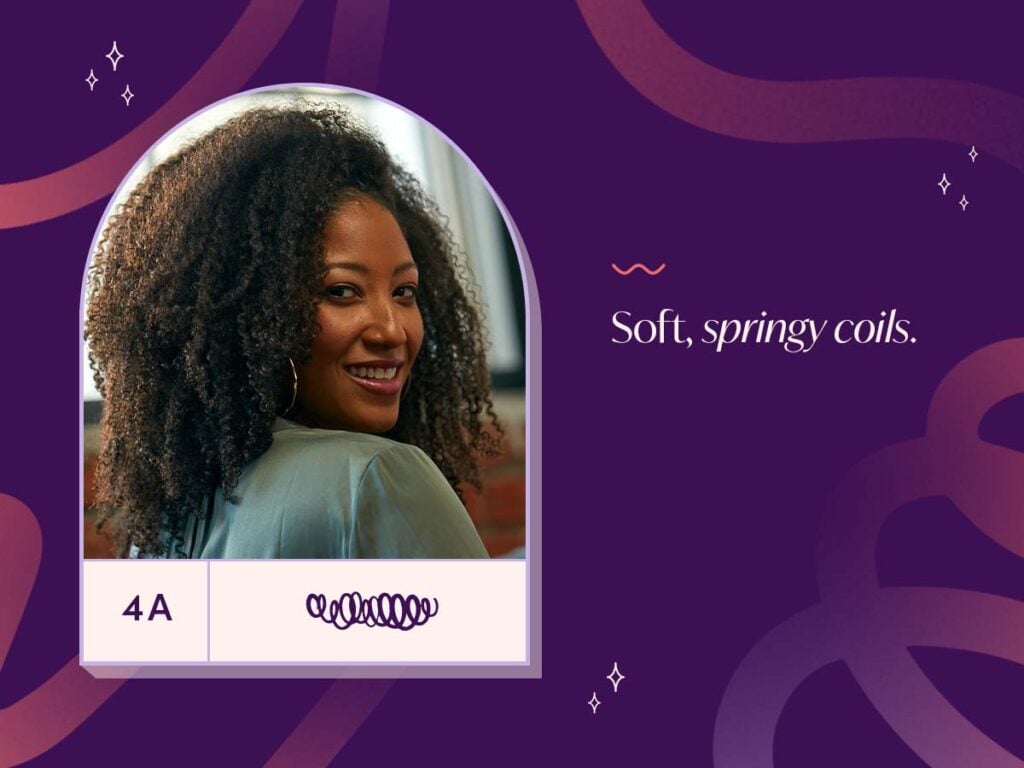
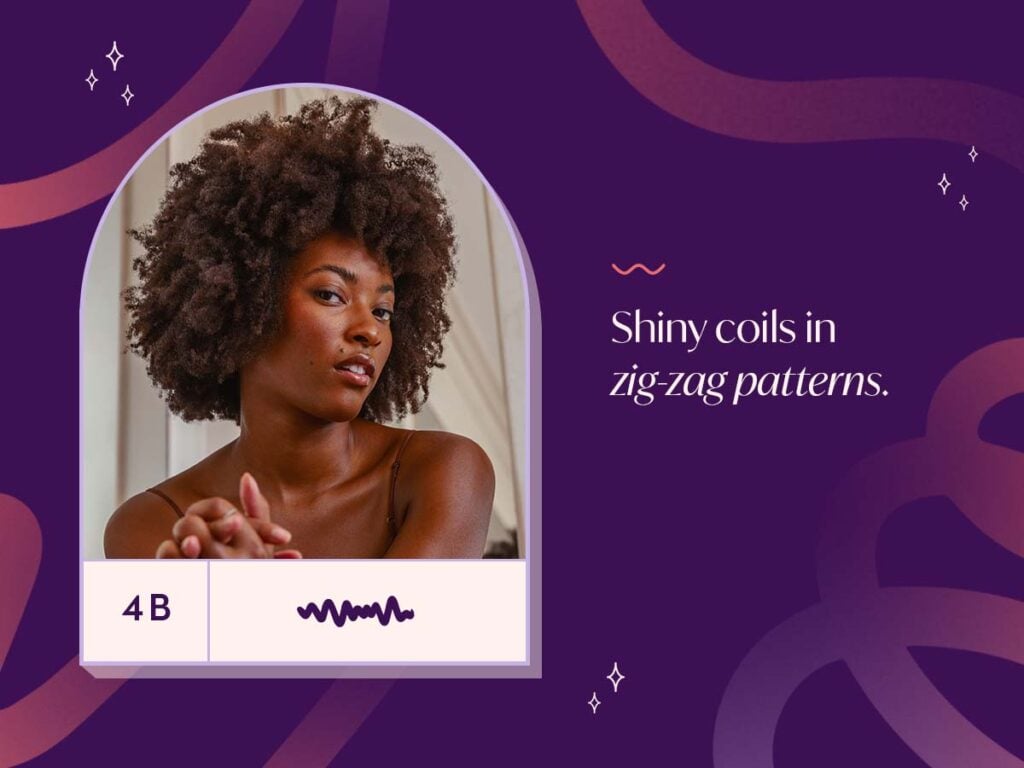
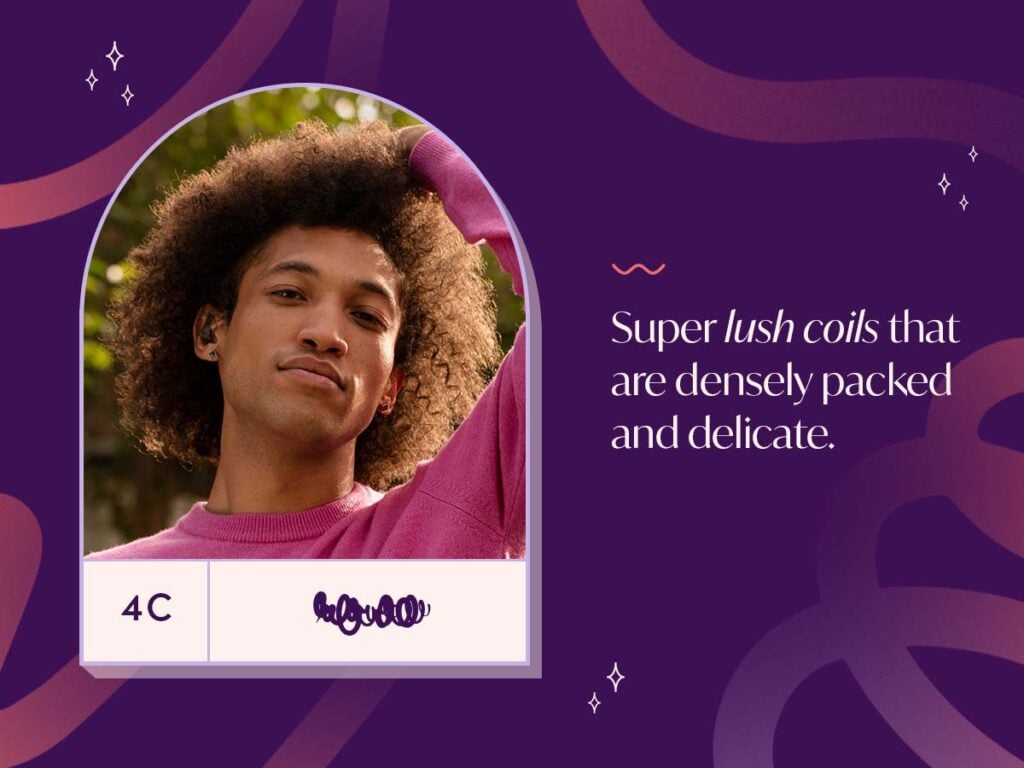
Embrace This:
While not an ingredient, but still very helpful in enhancing your curls, Manatan and Louis both mention that Type 4 hair texture is naturally more fragile and stress the importance of being delicate with it.
“Make sure to be gentle and careful when combing wet Type 4 curls,” Manatan advises. “Use the time conditioning your hair as a chance to detangle, as the conditioner’s slippery consistency easily loosens knots.”
Avoid That:
In continuing to be gentle with your fragile Type 4 curls, avoid rubbing with towels when drying your wet hair.
AURA Ritual Recommendation:
Those with fine Type 4 curls should use lighter conditioning ingredients like Babassu Oil, which is a lightweight, non-greasy moisturizing oil that is included in our enhance curl goal. With curls so sensitive and fragile, you may also choose to select our repair goal to strengthen and revitalize your locks.
For those with thick, spiral shape Type 4 curls, Louis recommends, “conditioning and moisturizing products that have a creamier consistency, like our masques. These are a perfect leave-in conditioner that works wonderfully for detangling.”
Now that you have determined your curl type with our advice, it’s time to revamp your hair care routine. Personalize your ritual today and make sure to select enhance curls as one of your three hair goals, or talk to one of our specialists to find what goal is a good idea for you. And if you need more hair inspo and tips, be sure to check us out on Facebook, Instagram, or TikTok: @aurahaircare.
